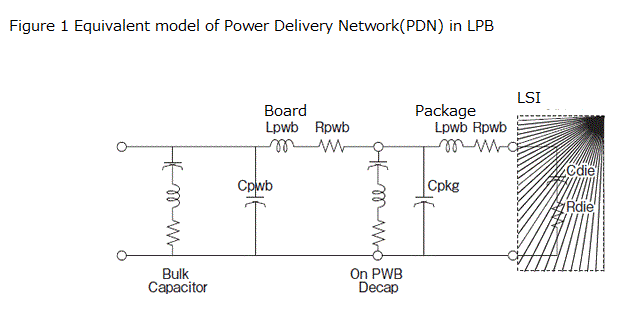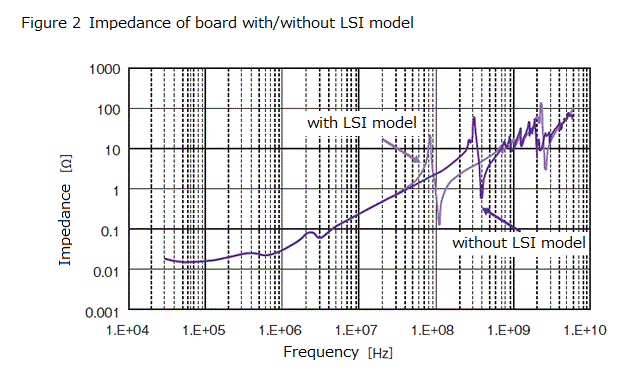Background and Objectives
To deal with the increasing of difficulty of the design, cost competitiveness in global market, shorten the development term, the innovation of design methodology should be implemented. It has been hard to achieve the optimization of the entire set of LSI, Packages, Board (LPB below) with individual design process in each LPB parts.
As one of the possibility to make it happen, a certain section might do the whole design of the LPB, however, gathering knowledge and design environment of each LPB is difficult. Dedicated professional technician's individual LPB who have the knowledge and best performance of design tools intend to make the design optimization by having proper interoperable information exchanges in among LPB parties.
In order to achieve the design to optimize the balance between cost and performance to cooperate with each other LPB, information and results of design must be well shared. JEITA LPB interoperable design process working group (LPB-WG below) has been established to identify the solutions.
LPB-WG intend to make the standard of exchange format to make it easy to exchange information between each of the LPB design department, so that optimal design will be carried out quickly.
The issues on LPB interoperable design process,
- Netlist is not unified on each LPB
- Complexity of representation of the relationship as a whole arrangement of LPB
- Differences in how to give the design constraints, missing, many discrepancies of design rules.
- Data base are not unified in each LPB, also in different venders.
- No unification of term
Various problems caused by these issues.
- Large effort for conversion of formats.
- Difficult to detect even if there is such a lack of information needed the occurrence of conversion errors and connection errors.
- Takes a long time to gather information, prepare a long period of design and analysis.
- Hard to make the optimal design change because the entire verification is difficult.
- License cost to Out/Input corresponding to multiple formats
- Time-consuming to communicate your intention, to make understanding. Producing Misleading.
With having above analysis, LPB-WG has established the interface format which can address the issues.
Case Study
As the one of the case study of LPB inter operable design process, The Power Delivery Network (PDN below) should be designed with having information of other LPB part for reducing the noise.(Figure 1)

Resonance is caused by a capacitance and inductance present in the various parts in LPB PDN. Impedance at the resonant frequency to occur will be extremely large. If you do not reflect the accurate simulation with PDN model of each part of overall design LPB, power supply circuit can not be correctly designed. (Figure 2).

In order to run this simulation it must align a variety of information such as the electrical characteristics equivalent model PDN of LSI, shape information of package and board, electrical parameters of materials and model of components. It is hard to make an efficient design when the specification or format of design information are different in each part of the LPB ,and the necessary parameters are not shared.
In this way, the format of the interface methods and models of the simulation does not have a consistency, setup time and cost of design/verification are enormous, which has become a barrier to cooperate in LPB.
LPB-WG has been established in JEITA to explore ways for mutual LPB interface to enable efficient co-design environment.
